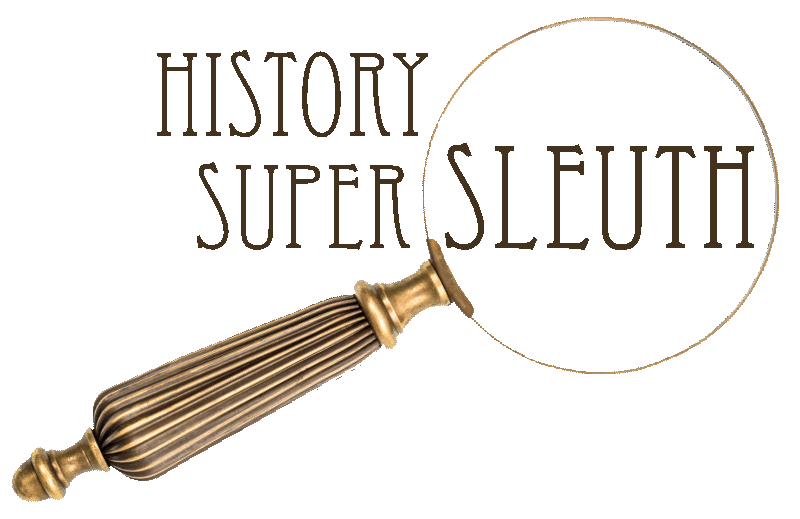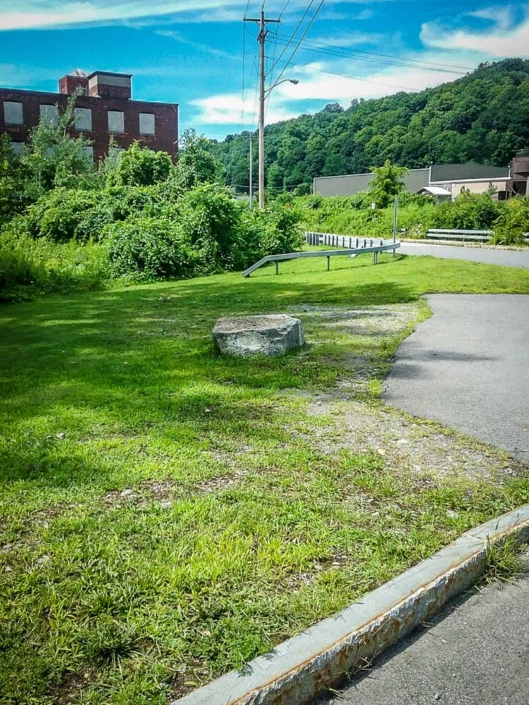Massacre at the Little Falls Gristmill
by Louis Baum
Little Falls has had its share of catastrophes.
Foremost, of course, is the 1940 Gulf Curve train wreck that resulted in 33 fatalities and well over 100 injuries. Then there was the 1896 explosion of the pleasure steamboat the Hon. Titus Sheard on its way to Taylor Driving Park one mile west of the city. Twelve lives were lost. Almost forgotten today is the massacre at the Petrie gristmill in 1782.
The Revolutionary War had “unofficially” ended the year before in October 1781 with the British defeat at the Battle of Yorktown.
However, the Treaty of Paris, officially ending the war, was not signed by emissaries of King George III of Great Britain and representatives of the United States until September 1783. Between these events, when for all intents and purposes the was over, hostilities in the upper Mohawk Valley continued unabated.
When the war began in 1775, the loyalties of the Anglican British settlers in this area were evenly divided between loyalty to the Crown and the demand for independence, freedom and the formation of a new country. It is open to conjecture if this would have been the case had Sir William Johnson, British Superintendent for Indian Affairs in North America, had not died in 1774. While he was alive, a majority of the Mohawk Valley inhabitants thought well of him, however, this was not the case with son John Johnson. He was disliked, despised and not trusted by many of the Anglicans and almost of the Palatine-Germans. The Palatines were farmers and not village dwellers. With divided loyalties, families were split apart as well chronicled by Jeff Gressler in his article “Neighbor Against Neighbor.” It was father against son, brother against brother, cousin against cousin. Most of the settlers in our area — the Sons of Liberty and the Palatine Germans — were in favor of a new found freedom and country.
Early in the conflict, most Loyalists were driven from the area and resettled to Canada in the vicinity of Kingston, Ontario. Others moved to Niagara Falls.
This exile did not prevent some of them from frequently returning to the valley with their Iroquois allies, mostly Mohawks and Senecas under Joseph Brant, along with British regulars and Hessian mercenaries, to burn and ravish. Most settlers lived in constant terror of Loyalist and Indian raids. The massacres of men, women and children at Cherry valley, Wyoming and Andrustown live in infamy.
The name of Loyalist Walter Butler was synonymous with terror, death and plundering. The villain in the well-known novel and movie “Drums along the Mohawk” by Walter Edmunds is patterned after Butler. This area began to be known as the Bloody Mohawk. This sets the stage for our tale.
The Mohawk Valley was considered the bread basket of the colonies during the American Revolution because of its fertile soil and the skill and hard work of the Palatine German farmers. Wheat and other grains could be grown in abundance, but it had to be ground to flour to become a foodstuff.
The gristmill in Little Falls, built between 1722 and 1725 by Johan Joost Petrie, was one of the very first mills along the Mohawk River.
It was located on a site near the confluence of Furnace Creek and the Mohawk River, in the general area of the powerhouse on West Mill Street once owned by Forbes Whiteside. At that time there was a long island in the river, and Furnace Creek emptied into the channel just north of the island. It should be noted that in the history of Little Falls, the outlet of Furnace Creek has been moved three times. The Petrie gristmill was the first “industry” in Little Falls.
With the destruction of mills in German Flatts in 1781 and 1782, the gristmill at Little Falls was one of the few remaining near the end of the war. It was an important source of much needed wheat to feed Washington’s Army. Live taverns, gristmills were gathering places in the sparsely settled upper Mohawk Valley.
On a warm, early summer evening in June 1782, more than 20 people had thronged together in the log gristmill. Included were the two millers, Gresham Skinner and Frank Cox, the owners of the gristmill, Jacob and Daniel Petrie, both descendants of Johan Joost Petrie, and eight farmers who had brought their grain to be ground: Peter Wooleaver, Christian Edick, Frederick Getman, Mark Rasback, John Rasback, Thomas Shoemaker, Lawrence Hatter and Peter Orendorf. Guarding the mill were seven militia men under Captain McGregor. Also at the mill were an unknown number of women and children who had accompanied the farmers, most likely their wives and offspring.
Unknown to the occupants of the mill, a large war party of nearly 300 Loyalists and Iroquois Indians surrounded the mill hell bent on revenge.
They had bypassed Fort Herkimer when they misinterpreted a noisy wedding party as being a large garrison of militia. They moved on the wagon path to the Little Falls gristmill a few miles further east. The Tories must have been former residents of the area as they called out the mill occupants by name to surrender and save their lives. Surrender was not on the mind of the patriots! Flaming arrows from the Indians set the log building on fire and the overwhelming enemy force quickly forced the brave patriots, most of whom were unarmed, into submission.
Skinner and Cox, being intimately familiar with the layout of the gristmill, hid under the water wheel and escaped. Getman was discovered hiding in the water raceway and was captured. Wooleaver was able to make his escape and proceeded to Fort Dayton near Herkimer to sound an alarm. Daniel Petrie and several of the militia and farmers were killed in the attack. The others, including the women and children, become captives and were marched off to Canada. Most of them returned to the valley one hostilities ended.
Daniel Petrie met a particularly gruesome death. During the battle, he repeatedly discharged his firearm and fought with the butt end of his musket until being subdued. After being overpowered, he was scalped, bound on the rocks in the Mohawk River and tortured to death by arrows, tomahawks and scalping knives. It was reported that soldiers from Fort Dayton buried the bodies of Daniel Petrie and the other brave gristmill defenders at the scene of the conflict. This skirmish, right here in our backyard, in 1782 — nearly 237 years ago — was one of the last battles or armed conflicts of the Revolutionary War.
In July 1783, nearly a year after the attack, Gen. George Washington made a tour of the Mohawk Valley.
On July 26, he stopped at the home of Gen. Nicholas Herkimer to thank the valley residents for their stellar efforts and many sacrifices made during the War for Independence.
To commemorate the noteworthy even of the attack on the gristmill in Little Falls, the Little Falls Historical Society has committed to putting a historical marker in the general vicinity where we believe the gristmill massacre occurred.
Louis Baum is a member of the Little Falls Historical Society.

The Loyalist surrendered at the Battle of Yorktown bringing an end to the Revolutionary War in what Year?
1781
The Treaty of Paris was a peace treaty between the United States and Britain that ended the Revolutionary War. It was signed in what year?
1783
Who was the British Superintendent of Indian Affairs whose death started the divide amongst the Settlers?
Sir William Johnson
Why did the Patriots fight against the Loyalists?
Freedom from the Crown
Who was the legendary Loyalist Leader that was known for terror, death & plundering?
Walter Butler
The raids and massacres on the Mohawk Valley left the area being known by what name?
The Bloody Mohawk
Why was this area also known as “The Bread Basket of the Colonies”?
Growth of grains
What was the first Industry of Little Falls?
Petrie Grist Mill
What did General George Washington need from the Grist Mill to feed his Army?
Flour from wheat
What event was going on at Ft Dayton that made the Loyalists believe it was full of Military Soldiers because of the noise level?
A wedding
When the Tories (Loyalists) approached the Grist Mill they called the Patriots by what, to get them to come out and surrender?
By name






